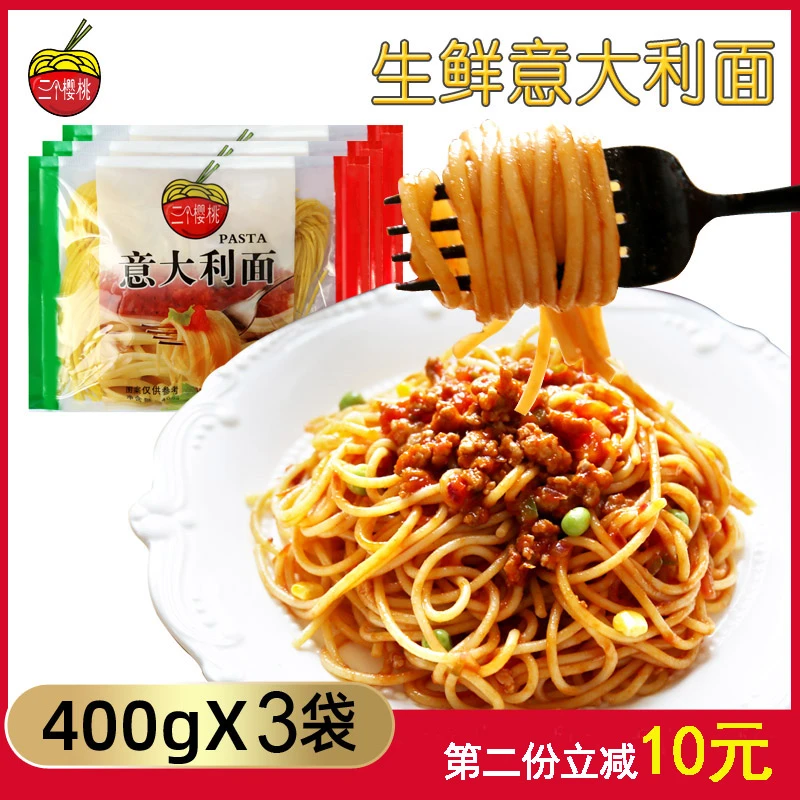Delicious Homemade Egg Pasta Recipe for Authentic Italian Flavors
Homemade Egg Pasta A Culinary Delight
Making homemade egg pasta is a delightful experience that combines tradition, skill, and the joy of cooking. Pasta is a staple of Italian cuisine, and while store-bought varieties are convenient, nothing compares to the taste and texture of fresh, homemade pasta. This article will guide you through the enchanting process of making your own egg pasta, from ingredients to techniques, ensuring that you create a dish that delights the senses.
The Ingredients Simple and Essential
To make authentic homemade egg pasta, you only need a few simple ingredients
1. Flour The type of flour you choose has a significant impact on the final product. '00' flour is commonly used in Italy, known for its fine texture and high gluten content, resulting in a smooth dough. However, all-purpose flour can also work well.
2. Eggs Fresh, high-quality eggs are crucial for egg pasta. Typically, the ratio is about one large egg for every 100 grams of flour. This balance yields a rich and flavorful pasta.
3. Salt A pinch of salt enhances the flavor of the pasta dough and is especially important in the cooking water.
Optional ingredients may include olive oil for added richness and semolina flour for dusting, but the basic combination of flour and eggs is all you truly need.
The Process From Dough to Delight
Step 1 Making the Dough
Begin by placing the flour on a clean, flat surface or in a large mixing bowl. Make a well in the center of the flour and crack the eggs into this well. Add a pinch of salt. Using a fork, gradually incorporate the flour into the eggs, starting from the inner rim of the well. As the mixture comes together, use your hands to knead it into a cohesive dough.
Step 2 Kneading the Dough
Once the dough has formed, it’s time to knead. This process is essential for developing gluten, which gives the pasta its elasticity. Knead the dough for about 10 minutes until it is smooth and elastic. If the dough feels too sticky, add a little more flour.
home made egg pasta

Step 3 Resting the Dough
After kneading, wrap the dough in plastic wrap and let it rest for at least 30 minutes. Resting allows the gluten to relax, making it easier to roll out the dough later.
Step 4 Rolling Out the Dough
Once rested, divide the dough into manageable portions. Using a rolling pin or a pasta machine, roll out each portion until it reaches your desired thickness. If using a pasta machine, start with the widest setting and gradually work down to thinner settings. Aim for a thickness of about 1-2 mm for optimal texture.
Step 5 Cutting and Shaping
After rolling out the dough, you can cut it into your preferred shapes—tagliatelle, fettuccine, or even lasagna sheets. Dust the cut pasta with semolina or flour to prevent sticking.
Step 6 Cooking the Pasta
Fresh pasta cooks much faster than dried pasta. Bring a pot of salted water to a boil and add the pasta. Fresh noodles typically take about 2-4 minutes to cook. Taste a strand to ensure it’s al dente, then drain and toss with your favorite sauce.
Serving Suggestions
Homemade egg pasta pairs beautifully with a range of sauces. A classic choice is a simple garlic and olive oil sauté, enhanced by a sprinkle of parmesan and fresh herbs. For a richer option, try a creamy Alfredo or a hearty Bolognese sauce. The beauty of homemade pasta is that every bite can be customized to your taste.
Conclusion
Making homemade egg pasta is not just about the end product, but also about the journey of creating something with your own hands. It is a rewarding culinary experience that can be shared with family and friends. So roll up your sleeves, gather your ingredients, and dive into the world of pasta-making. The delicious results are well worth the effort, and you may just discover a new favorite tradition to savor for years to come. Happy cooking!
-
Unlock the Delicious Potential of Yam NoodlesNewsAug.11,2025
-
The Authentic Taste of Lanzhou NoodlesNewsAug.11,2025
-
Savor the Art of Hand Pulled NoodlesNewsAug.11,2025
-
Indulge in the Timeless Delight of Spaghetti BologneseNewsAug.11,2025
-
Indulge in the Rich Flavor of Braised Beef NoodlesNewsAug.11,2025
-
Elevate Your Meals with the Magic of Fresh PastaNewsAug.11,2025
-
Unleash Your Inner Chef with Delectable Italian Pasta CreationsNewsAug.01,2025
Browse qua the following product new the we

















































































































